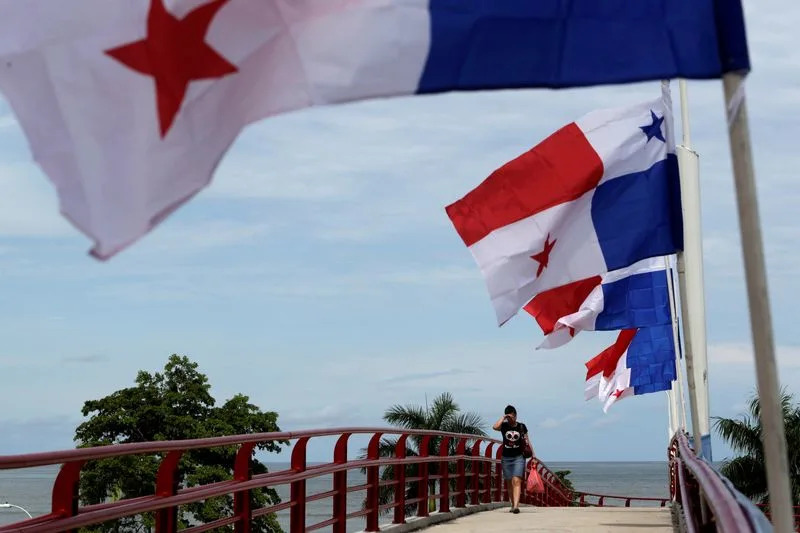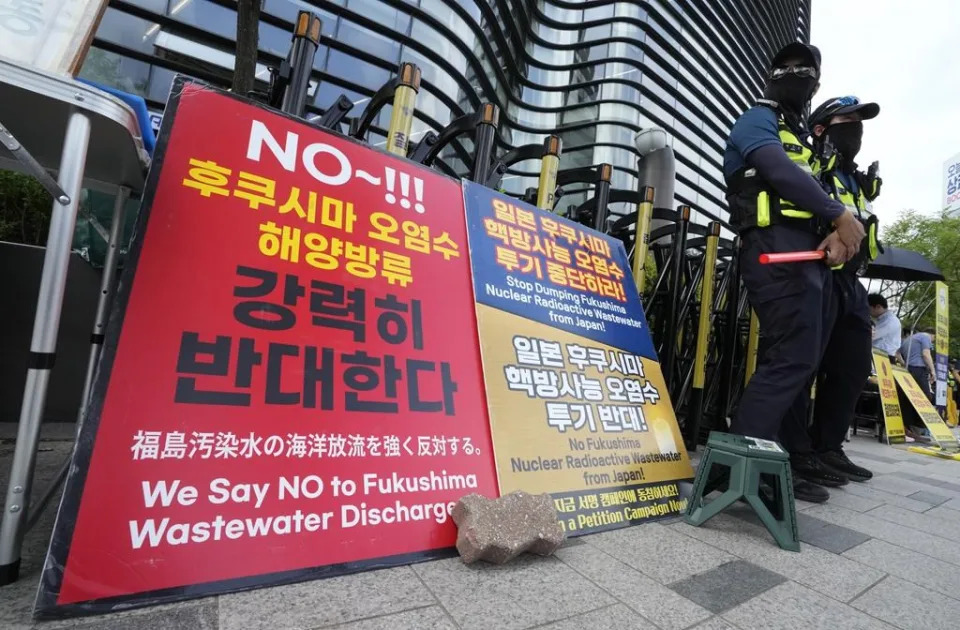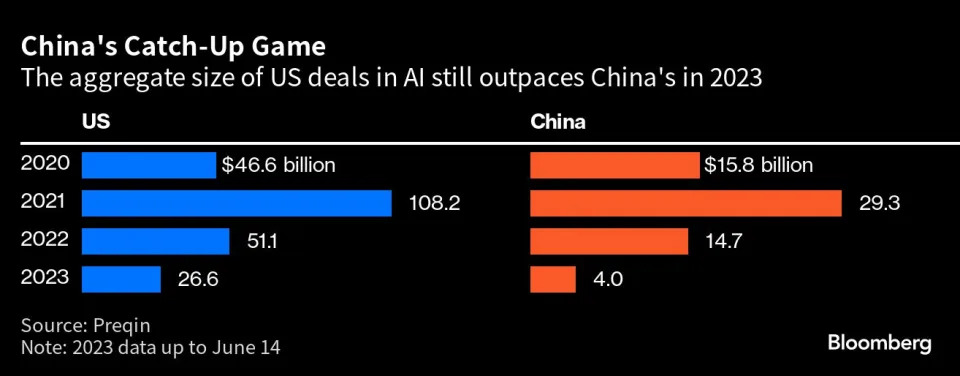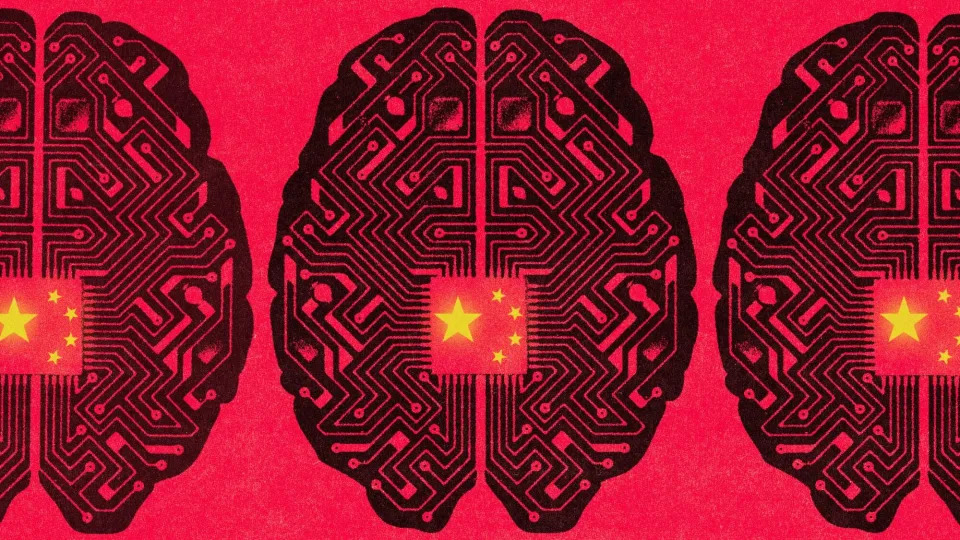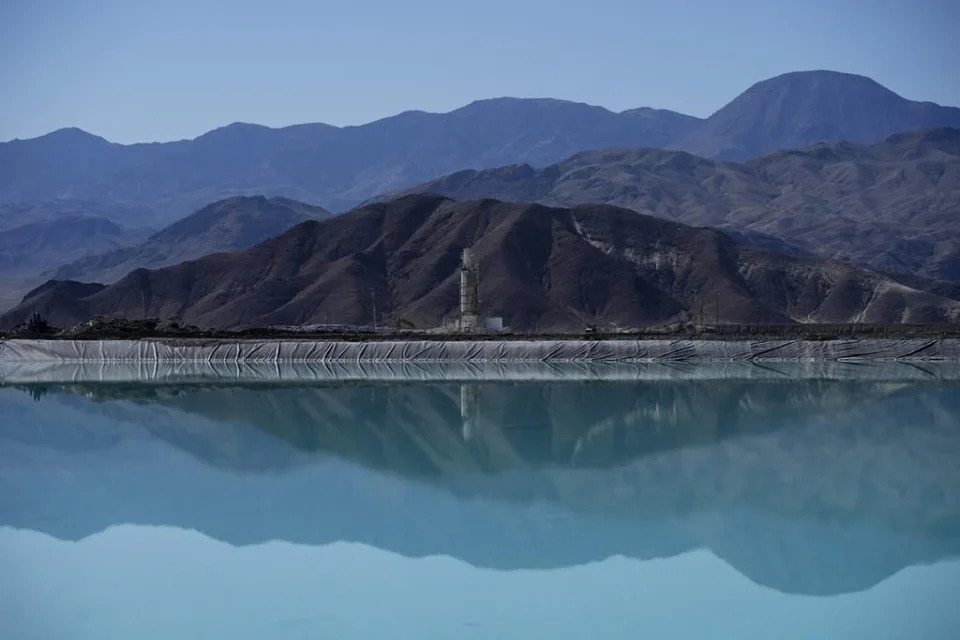Kelsey Vlamis
Tue, June 27, 2023

Two Southern Resident killer whales.David K. Ellifrit/Center for Whale Research, permit number: NMFS 21238.
Killer whales near the Iberian Peninsula have been striking boats since 2020.
No doubt the encounters feel like attacks to the boaters, but experts say that may not be accurate.
The orcas are probably just playing so calling them "attacks" might be misleading.
"Killer Whale Attacks!" sure makes for a great headline, but it may not be quite accurate when used to describe the encounters between orcas and boats that have been taking place near the Iberian Peninsula in recent years.
Hundreds of these encounters have been documented off the southern coasts of Spain and Portugal since 2020. Researchers say they typically follow a similar pattern: an orca approaches a boat from behind and strikes its rudder repeatedly, sometimes until it is broken and the boat is immobilized. Most encounters end with minimal damage and no humans have been injured in one of these interactions.
But in at least three cases the killer whales have managed to sink sailboats, prompting talk of an "orca uprising" in which the whales were finally fighting back.
"Undoubtedly the people on board these little boats feel attacked," Andrew Trites, director of the Marine Mammal Research Unit at the University of British Columbia in Canada, previously told Insider. Still, he thinks it's unlikely that "attack" is an accurate description of what's going on.
Despite one theory about a "traumatized" killer whale seeking revenge on boats, Trites and other experts have said they believe the orcas are most likely just playing. They appear to be picking up and mimicking the play behavior of other killer whales, suggesting it is being positively reinforced, or that they are getting pleasure or some sort of benefit from it.
Trites said he was also concerned that framing the encounters as "attacks" could lead to misunderstandings about killer whales, not dissimilar to the fear of great white sharks inspired by a certain Hollywood movie that changed many people's impressions of the ocean forever.
Other experts, as well as a ship captain whose boat was targeted by an orca, have worried that the "attack" framing could lead scared boaters to take matters into their own hands and start shooting whales, which feeds into another potentially misleading aspect of describing these interactions as "attacks" — in all likelihood, the whales are more likely to get injured or killed in these encounters than the humans.
So, instead of using the word attack, which implies aggressive and violent action, it might be more accurate to simply describe the literal behavior that the orcas are engaging in: such as striking, ramming, targeting, or hitting boats.
Orca attacking boats are ‘playing games for adrenaline rush’
Miriam Burrell
Tue, 27 June 2023

Orca attacking boats are ‘playing games for adrenaline rush’
Orca carrying out attacks on sail boats off the coast of Spain are doing it for an “adrenaline shot”, a researcher has said.
The attacks began in 2020 and at least 130 incidents have spooked sailors since, according to Spanish reports.
Last month, British sailors had to be rescued after the animals wrecked the hull of their yacht off the coast of Gibraltar and the boat started sinking.
In a nail-biting video, April Boyes, on board the vessel, can be heard saying: “Jesus, oh my God,” as each thud causes more damage to the boat, eventually destroying the rudder and piercing the hull.
Last Thursday, Dutch sailing team Team JAJO fell victim to an attack in the Atlantic Ocean to the west of Gibraltar while competing in The Ocean Race.
But a marine biologist, who Spanish authorities have commissioned to investigate the orcas’ behaviour, said they are ramming boats for fun and not out of malicious motives.
Renaud de Stephanis told El Mundo that what the animals are looking for is a reaction to their game, to give them “a kind of beastly adrenaline shot”.
“Don’t ask me how they started it because I don’t know, and I don’t think anyone ever will. What we do think is that it is a simple game for them,” he said.
Mr de Stephanis is completing a report on the orcas that will be given to the Spanish Ministry of Ecological Transition, in a bid to prevent further boat rescues.
He said: “If two or three killer whales really attacked a sailboat, they would sink it in a matter of seconds. We as humans can tell that it is an attack.
“But without wanting to make the matter less serious, a furious attack by that animal can have much worse consequences for a boat and for whoever is on board than a mere feeling of fear for a few minutes, until they leave.”
The orca thought to be initiating the playful attacks has a deep scar on its back, suspected to be caused by hitting an engine propeller.
“We believe that she is at the origin of everything,” Mr Stephanis told El Mundo.
“Today she is a subjuvenile orca. She belongs to a family of seven members and as far as we know, she is the most active of all.”
Underwater cameras have helped researchers capture numerous videos of the orcas since the incidents began in 2020.
One animal has been tagged with a geolocation system, which provides teams with satellite coverage for around 10 hours a day.
Miriam Burrell
Tue, 27 June 2023

Orca attacking boats are ‘playing games for adrenaline rush’
Orca carrying out attacks on sail boats off the coast of Spain are doing it for an “adrenaline shot”, a researcher has said.
The attacks began in 2020 and at least 130 incidents have spooked sailors since, according to Spanish reports.
Last month, British sailors had to be rescued after the animals wrecked the hull of their yacht off the coast of Gibraltar and the boat started sinking.
In a nail-biting video, April Boyes, on board the vessel, can be heard saying: “Jesus, oh my God,” as each thud causes more damage to the boat, eventually destroying the rudder and piercing the hull.
Last Thursday, Dutch sailing team Team JAJO fell victim to an attack in the Atlantic Ocean to the west of Gibraltar while competing in The Ocean Race.
But a marine biologist, who Spanish authorities have commissioned to investigate the orcas’ behaviour, said they are ramming boats for fun and not out of malicious motives.
Renaud de Stephanis told El Mundo that what the animals are looking for is a reaction to their game, to give them “a kind of beastly adrenaline shot”.
“Don’t ask me how they started it because I don’t know, and I don’t think anyone ever will. What we do think is that it is a simple game for them,” he said.
Mr de Stephanis is completing a report on the orcas that will be given to the Spanish Ministry of Ecological Transition, in a bid to prevent further boat rescues.
He said: “If two or three killer whales really attacked a sailboat, they would sink it in a matter of seconds. We as humans can tell that it is an attack.
“But without wanting to make the matter less serious, a furious attack by that animal can have much worse consequences for a boat and for whoever is on board than a mere feeling of fear for a few minutes, until they leave.”
The orca thought to be initiating the playful attacks has a deep scar on its back, suspected to be caused by hitting an engine propeller.
“We believe that she is at the origin of everything,” Mr Stephanis told El Mundo.
“Today she is a subjuvenile orca. She belongs to a family of seven members and as far as we know, she is the most active of all.”
Underwater cameras have helped researchers capture numerous videos of the orcas since the incidents began in 2020.
One animal has been tagged with a geolocation system, which provides teams with satellite coverage for around 10 hours a day.
